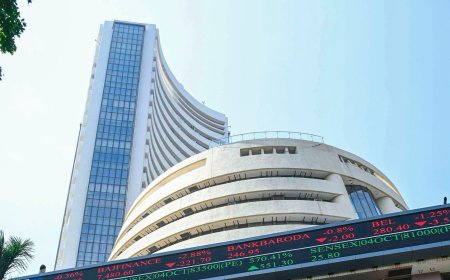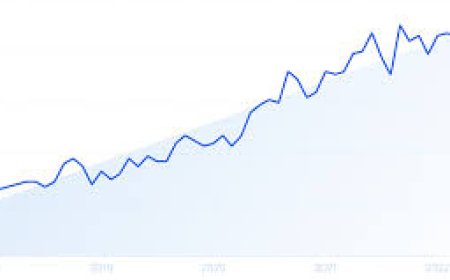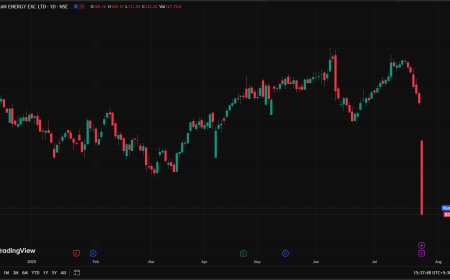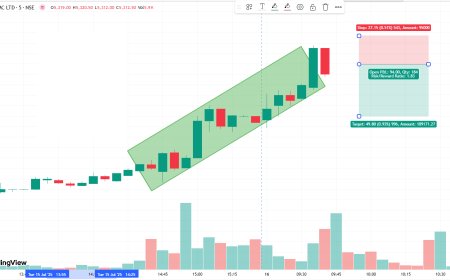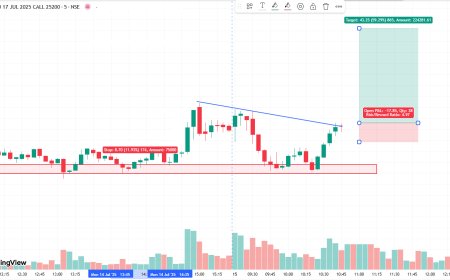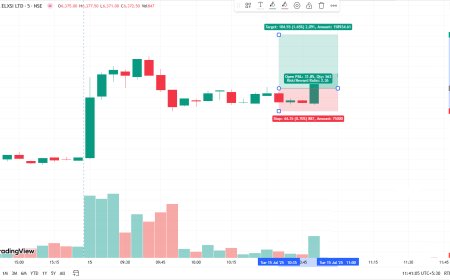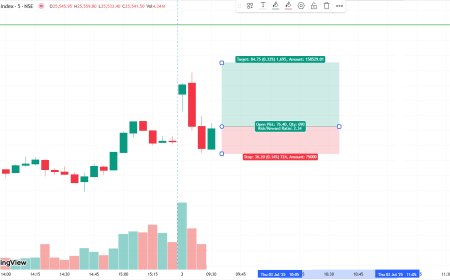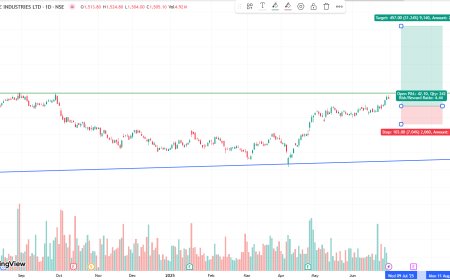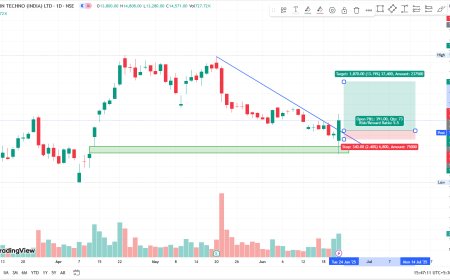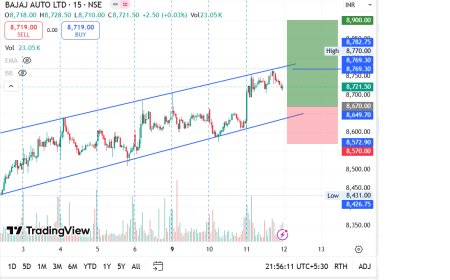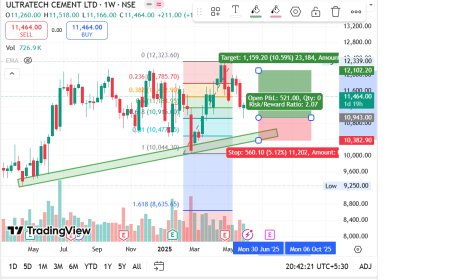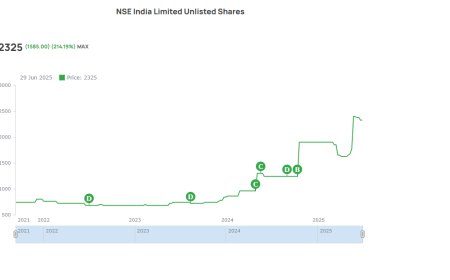Sensex Crashes 900 Points, Nifty Falls Below 24,800: What's Behind the Stock Market Rout?
The Indian stock market took a sharp hit as the Sensex plunged nearly 900 points and the Nifty slipped below 24,800. Here’s a deep dive into the key reasons triggering today’s market crash.

Sensex Crashes 900 Points, Nifty Falls Below 24,800: What’s Behind the Stock Market Rout?
Mumbai, May 27, 2025 —
In a day that startled Dalal Street and rattled investors across the board, the Indian stock market witnessed a sharp sell-off as the BSE Sensex tanked by nearly 900 points and the Nifty 50 index slipped under the crucial 24,800 level. The sudden fall raised serious questions among investors—Why is the Indian stock market falling today? Let’s explore the full picture behind this steep plunge.
Opening Jitters and a Bleeding Market
Markets opened on a weak note, and the negativity deepened as the session progressed. By mid-afternoon, the losses had widened, dragging down both large-cap and mid-cap stocks. The Nifty breached its psychological support level, and the Sensex gave up nearly 900 points in a single session—signaling deep concern across sectors and investor classes.
While India’s economy remains robust on paper, the stock market clearly reflected a day of caution, concern, and possibly, capitulation.
Top Reasons Behind Today’s Market Fall
1. Global Cues: Tensions and Volatility Return
One of the key drivers of today's crash was weak global sentiment. Asian markets traded mixed after renewed tensions in global trade and underwhelming macroeconomic data from key economies. European futures signaled weakness too, adding more weight to Indian equities. With the U.S. Federal Reserve expected to hold off on rate cuts and a stronger-than-expected dollar, foreign institutional investors (FIIs) remained net sellers throughout the day.
Investors tend to get nervous when there’s uncertainty abroad, and that sentiment clearly spilled over into India.
2. Heavyweight Sector Sell-Off: IT and Financials Under Pressure
Information Technology and Banking stocks were among the worst hit. Major names in the tech space corrected sharply, with frontline stocks losing up to 3-4% intraday. Traders cited concerns over weakening demand from global clients and potential margin pressure.
Meanwhile, the banking sector—especially private lenders—saw strong profit booking. Despite good quarterly numbers, valuations are running high and that makes them vulnerable during sharp corrections. NBFCs and fintech stocks were not spared either, adding to the pressure.
3. Elevated Valuations Trigger Profit Booking
One critical underlying factor is that many Indian stocks have rallied significantly in the past few months, with certain indices hitting all-time highs last week. Today’s fall may be attributed in part to healthy profit booking. Traders who’ve enjoyed a good run recently decided to lock in gains amid global uncertainty and technical resistance zones.
It’s a classic case of “buy the rumor, sell the news”—a theme that often plays out after results season or major global events.
4. Lack of Domestic Triggers
Another reason for the plunge was the absence of strong domestic triggers to support the market at elevated levels. With the earnings season nearly done and dusted, and no immediate policy news or economic data on the horizon, investors had little reason to take fresh positions.
In a vacuum of domestic news, global cues and technicals tend to dominate—and that’s exactly what we saw today.
5. Spike in Volatility Index (VIX)
The India VIX, which measures the expected market volatility, jumped more than 5% during the day—reflecting the anxiety among traders. A rising VIX usually indicates fear among market participants, leading to aggressive unwinding of leveraged positions and a flight to safer assets like gold or sovereign bonds.
Volatility spikes often precede or accompany large intraday market moves, and today was no exception.
Sectoral Snapshot: Bloodbath Across the Board
Every major sectoral index ended in the red, reinforcing the scale of the correction. Let’s take a closer look:
-
IT Sector: Dragged down by weak global guidance and soft client orders.
-
Banking & Financials: High beta names corrected sharply; HDFC Bank and ICICI Bank led the decline.
-
Auto: High raw material costs and margin concerns dented sentiment.
-
FMCG: Defensive buying failed to sustain as profit-booking overtook.
-
Metals & Energy: Weak China data and global commodity pressure pulled down heavyweights.
There was no hiding place today—across sectors and caps, sellers had the upper hand.
Mid- & Small-Cap Stocks: Also Caught in the Crossfire
The pain wasn’t limited to the large-cap universe. Mid-cap and small-cap indices, which had been outperforming recently, also witnessed a steep decline. Retail-heavy counters saw a sharp dip, and some high-beta names fell as much as 7-10% intraday.
This is particularly alarming for retail investors who entered the market during the recent rally and may not be prepared for such sudden swings.
FIIs and DIIs: The Institutional Flow Check
Foreign Institutional Investors were net sellers for the fifth consecutive session. With global risk-off sentiment and the rising dollar, FIIs have turned cautious on emerging markets, including India.
On the other hand, Domestic Institutional Investors tried to provide some support but couldn't stem the tide. Their buying wasn’t enough to absorb the heavy selling pressure, especially in high-valuation sectors.
Technical Breakdown: What the Charts Say
From a technical standpoint, today’s close below 24,800 on the Nifty has broken a short-term support level. If this breakdown sustains, analysts warn that the next support zone lies around 24,400-24,500. For the Sensex, 80,000 is a psychological level that now appears at risk.
Traders will be closely watching for signs of stability or reversal in tomorrow’s session.
What Should Investors Do Now?
So, is this a cause for panic?
Not necessarily. Market corrections are healthy and often necessary after a prolonged rally. Investors with a long-term horizon should use this phase to reassess their portfolios and add fundamentally strong stocks at attractive valuations.
Key strategies to consider:
-
Avoid panic selling.
-
Focus on quality stocks with strong cash flows.
-
Stay diversified across sectors.
-
Keep some cash aside for buying opportunities.
-
If unsure, consult a financial advisor.
A Wake-Up Call, Not a Crisis
While the steep fall is certainly discomforting, seasoned investors know that corrections are part and parcel of the stock market. What we saw today was a reality check—driven by global worries, elevated valuations, and weak sectoral cues.
It’s not the end of the bull market, but a reminder that euphoria should be tempered with caution. As always, staying informed and invested with a disciplined approach will go a long way in navigating such volatile phases.
What's Your Reaction?
 Like
0
Like
0
 Dislike
0
Dislike
0
 Love
0
Love
0
 Funny
0
Funny
0
 Angry
0
Angry
0
 Sad
0
Sad
0
 Wow
0
Wow
0




